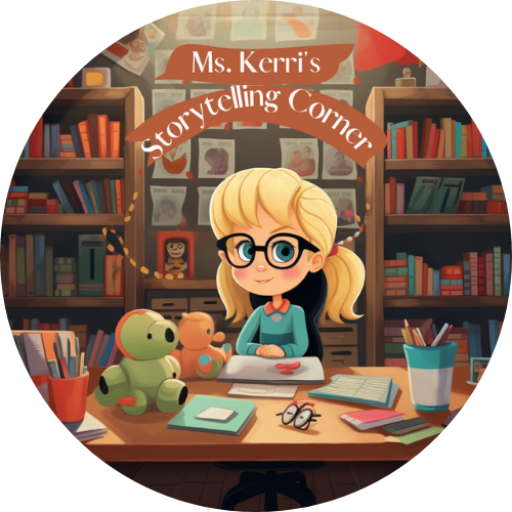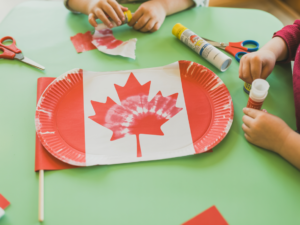Loose parts play is all about giving kids the freedom to explore and create using everyday objects. This type of play encourages imagination and creativity, allowing children to engage in unique ways. Whether it’s building with blocks, crafting with natural elements, or simply experimenting with various materials, loose parts play can lead to endless possibilities. In this article, we’ll explore some exciting loose parts play ideas that can help boost creativity in early learners.
Key Takeaways
- Loose parts play encourages creativity and imagination in children.
- Using everyday objects can lead to unique and engaging play experiences.
- Activities can be tailored to different age groups, from infants to preschoolers.
- Incorporating natural elements enhances sensory experiences during play.
- Safety and supervision are key when using loose parts to ensure a fun and secure environment.
Understanding Loose Parts Play
What Is Loose Parts Play?
Loose parts play is essentially child-led play using a variety of materials that can be manipulated in many ways. Think of it as providing kids with a collection of interesting items – natural or manufactured – that they can use however they want. There are no instructions, no right or wrong ways to play. This freedom is what makes it so beneficial. It’s about letting kids experiment, discover, and create without limitations.
Benefits of Loose Parts Play
Loose parts play is magical for children’s learning. When we get down to the basics, open-ended resources encourage children to really be creative. Creativity itself is fantastic, as it has incredible benefits:
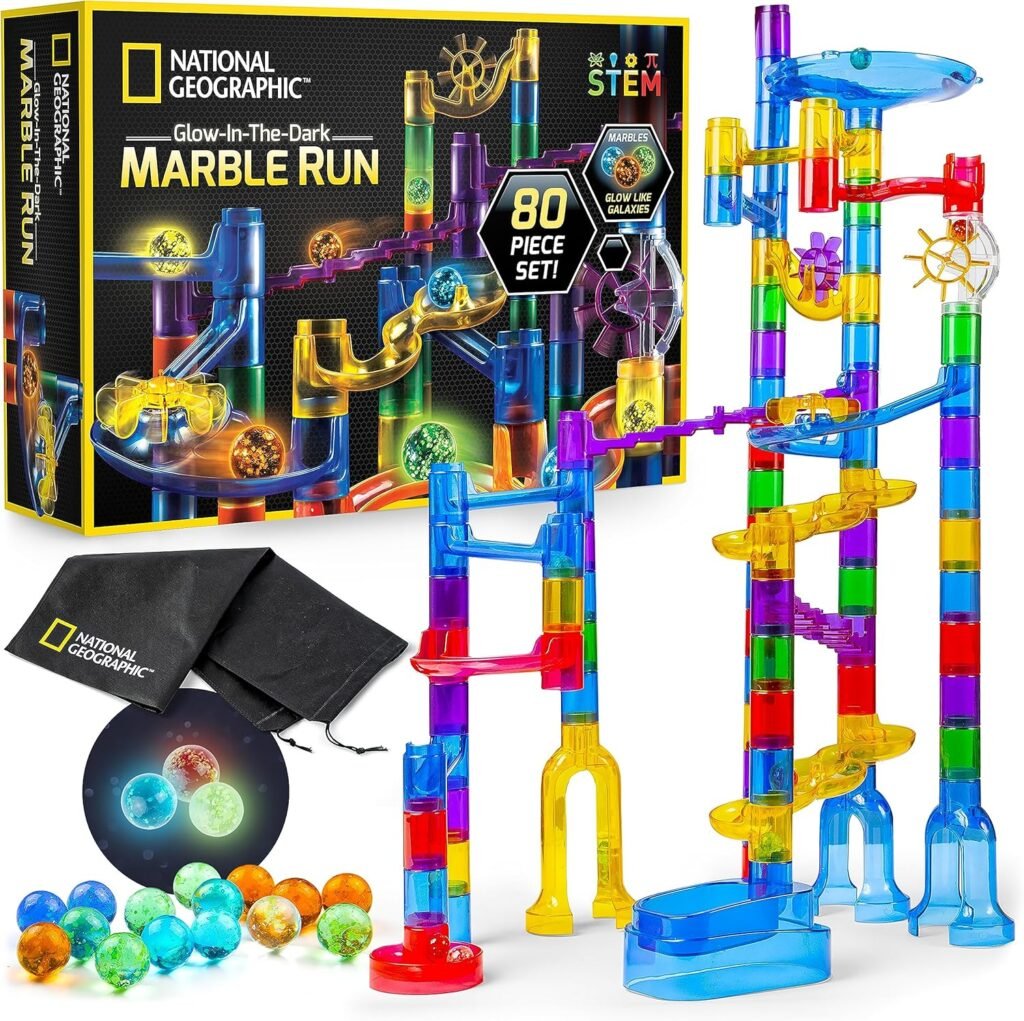
- Creates a love for and an interest in learning – Loose parts play is open-ended and allows children to learn in their own unique ways creating a positive attitude towards learning.
- Has a positive impact on wellbeing – Due to there being no right or wrong way to play with loose parts we take away the fear of failure when it comes to learning.
- Promotes high levels of engagement – Children are more engaged when they’re leaders of their own learning and loose parts play allows just that.
Loose parts play isn’t just about fun; it’s about building critical thinking skills, problem-solving abilities, and fostering a sense of independence. It allows children to explore, experiment, and learn at their own pace, making it a powerful tool for early childhood development.
Common Challenges in Loose Parts Play
Sometimes, kids might not immediately engage with loose parts, or they might use them in unexpected ways. That’s okay! It’s all part of the process. One challenge is managing the potential mess. Another is ensuring that all materials are safe and age-appropriate. It can also be tricky to step back and let the children lead, especially when you have a specific outcome in mind. Remember, the goal is exploration and discovery, not perfection. You can reduce waste by using upcycled materials.
Creative Loose Parts Play Activities
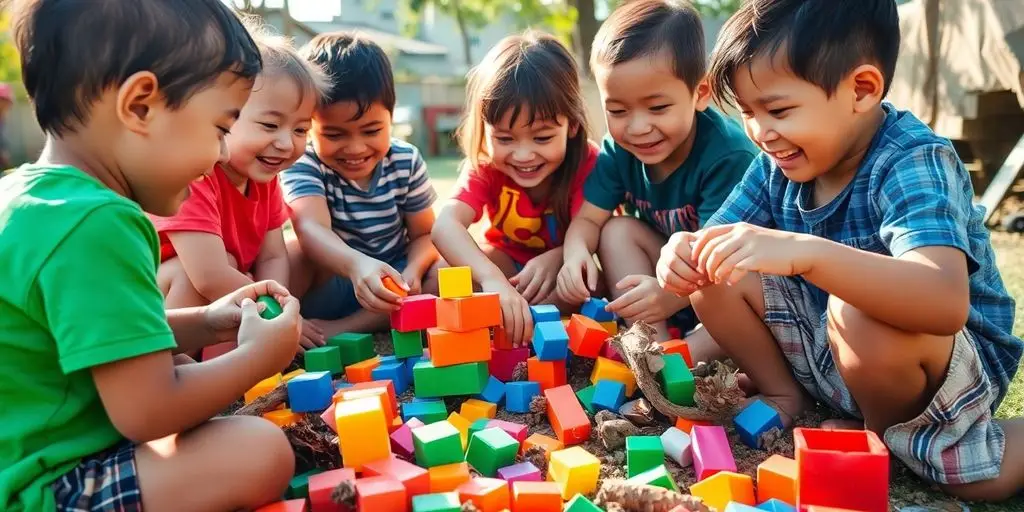
Building Obstacle Courses
Okay, so building obstacle courses with loose parts is seriously cool. Think about it: kids get to design, build, and then actually use their creations. We’re not just talking about stacking blocks; we’re talking about using things like planks of wood, tires, ropes, and fabric to create a whole course. The best part is seeing how they problem-solve when something doesn’t quite work.
Here’s a simple breakdown of how you could set it up:
- Gather a variety of loose parts: think big and small, heavy and light.
- Designate a safe area, indoors or outdoors.
- Let the kids lead the construction, offering guidance only when needed.
Creating Nature Art
Nature art is where it’s at. Forget paint and paper for a minute. Let’s get outside and use what’s around us. Leaves, sticks, stones, flowers – all of it becomes art. It’s like a giant, free art supply store right in your backyard. I’ve seen kids make the most amazing things with just a handful of natural items. It’s all about seeing the potential in the ordinary.
Some ideas to get started:
- Leaf collages: collect different leaves and arrange them on paper or cardboard.
- Stick sculptures: use sticks and twine to create 3D structures.
- Nature mandalas: arrange natural items in a circular pattern on the ground.
Designing Miniature Worlds
Miniature worlds are like little portals to imagination-land. Kids can use loose parts to create tiny towns, fairy gardens, or even alien landscapes. It’s all about storytelling and world-building on a small scale. I remember one time, a group of kids used pebbles, twigs, and bottle caps to create a whole underwater scene, complete with tiny sea creatures. It was incredible.
The beauty of miniature worlds is that they can be anything the kids want them to be. There are no rules, no limits, just pure imagination. It’s a great way to encourage creativity and storytelling.
Here’s a simple table of materials and possible uses:
| Material | Possible Use |
|---|---|
| Pebbles | Buildings, pathways |
| Twigs | Trees, fences |
| Bottle Caps | Pools, stepping stones |
Incorporating Loose Parts in Learning Environments

It’s time to think about how to make loose parts a regular part of your learning environment. It’s not just about having the stuff; it’s about how you set it up and encourage kids to use it. Let’s get into some practical ways to do this.
Setting Up Tinker Trays
Tinker trays are a fantastic way to organize and present loose parts. Think of them as an invitation to create. Use divided trays (like muffin tins or hardware organizers) to hold different materials. This keeps things tidy and makes it easy for kids to see what’s available. You can rotate the items regularly to keep things fresh and interesting. Consider these ideas for your tinker trays:
- Natural items: pebbles, shells, twigs
- Craft supplies: buttons, beads, yarn scraps
- Hardware: washers, nuts, bolts
Using Loose Parts in Role Play
Role play is a great way to encourage imagination, and loose parts can take it to the next level. Instead of relying on plastic toys, provide open-ended materials that kids can use to create their own props and settings. A cardboard box becomes a spaceship, and fabric scraps become costumes. It’s all about letting them lead the way. Here’s how to get started:
- Offer a variety of materials: fabric, boxes, tubes, containers.
- Let the kids decide what the materials become.
- Step back and observe their play, offering support only when needed.
Integrating Loose Parts in STEM Activities
Loose parts aren’t just for art and play; they can also be used to teach STEM concepts. Building structures with blocks, exploring balance with natural materials, or creating simple machines with tubes and connectors are all great ways to integrate loose parts into STEM activities. This hands-on approach makes learning more engaging and memorable.
Loose parts play is about giving children the freedom to explore, experiment, and create. It’s about trusting them to use materials in their own way and supporting their learning journey. By incorporating loose parts into your learning environment, you’re creating a space where creativity and innovation can thrive.
Loose Parts Play for Different Age Groups
It’s amazing how adaptable loose parts play is. What works for a baby will be different than what engages a preschooler, but the core idea remains the same: open-ended exploration. The key is to tailor the materials and activities to match the developmental stage and abilities of the children involved.
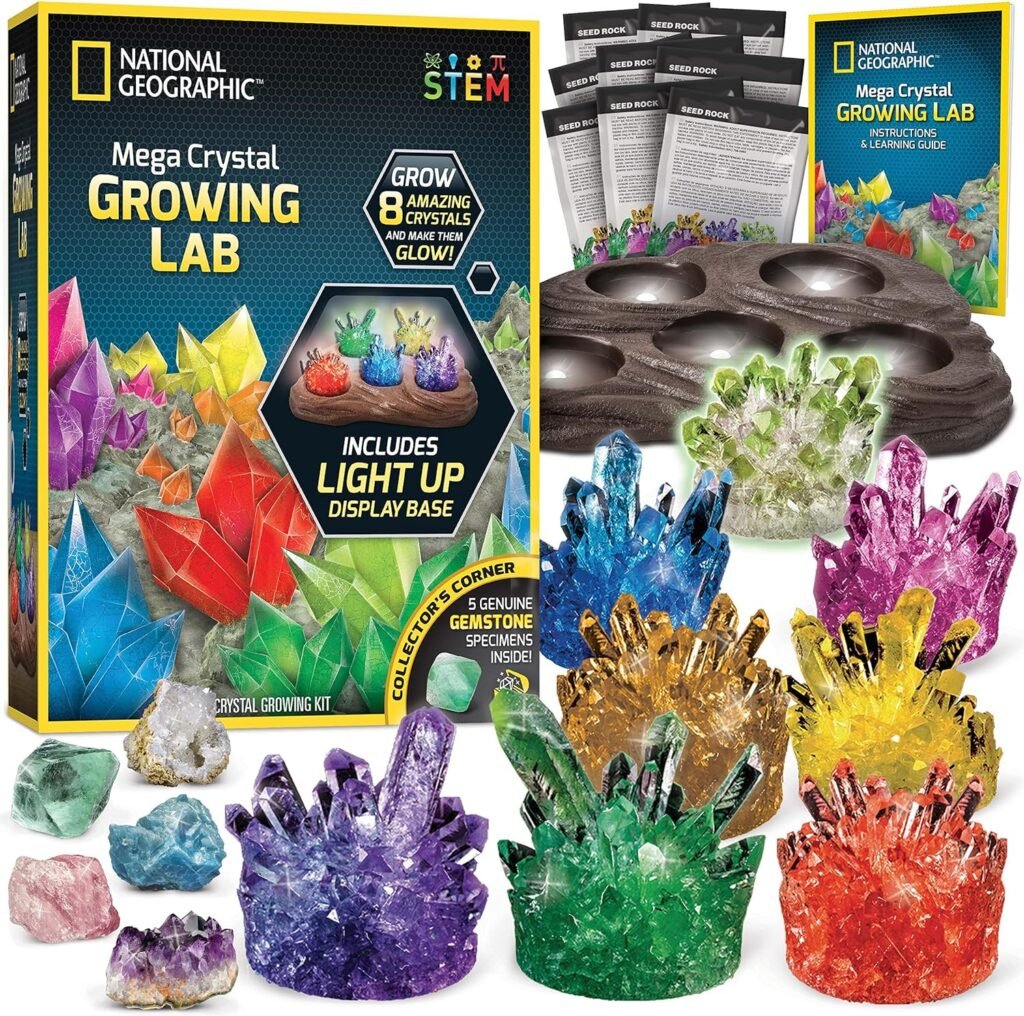
Activities for Infants
With infants, safety is the biggest concern. Think big! Large, lightweight items that are easy to grasp but impossible to swallow are ideal. Consider these ideas:
- Fabric Scraps: Soft textures and bright colors are visually stimulating. Different fabrics like silk, cotton, and fleece offer varied sensory experiences.
- Wooden Rings: Smooth, unfinished wooden rings are great for grasping and mouthing. Make sure they are free of splinters and any finish.
- Metal Bowls and Spoons: Introduce different sounds by letting them bang on these items. Always supervise to prevent any accidents.
Infants explore through their senses, so focus on providing a range of textures, colors, and sounds. Keep it simple and always supervise closely.
Engaging Toddlers with Loose Parts
Toddlers are more mobile and have developing fine motor skills. This opens up a wider range of possibilities. Here are some ideas to try:
- Cardboard Boxes: A classic! Toddlers can climb in them, decorate them, and use them as building blocks.
- Plastic Containers: Different sizes and shapes are great for sorting, stacking, and filling. Loose parts play is a great way to keep them busy.
- Natural Items: Pine cones, smooth stones, and large leaves can be used for sorting, counting, and creating simple patterns.
Creative Ideas for Preschoolers
Preschoolers have more developed imaginations and problem-solving skills. They can handle more complex materials and activities. Here are some ideas to spark their creativity:
- Small Wooden Blocks: These can be used for building structures, creating patterns, and even as props in imaginative play.
- Buttons and Beads: These are great for fine motor practice and can be used for creating jewelry, decorating artwork, or sorting by color and size.
- PVC Pipes and Connectors: These can be used to build forts, tunnels, and other structures. It encourages collaborative play and problem-solving. You can find more ideas in this toolkit.
Here’s a simple table to illustrate age-appropriate loose parts:
| Age Group | Suitable Materials | Safety Considerations |
|---|---|---|
| Infants | Large fabric scraps, wooden rings, metal bowls | No small parts, constant supervision |
| Toddlers | Cardboard boxes, plastic containers, pine cones | Supervision, avoid sharp edges |
| Preschoolers | Small blocks, buttons, PVC pipes | Teach safe handling, supervise use of smaller items |
Enhancing Sensory Experiences with Loose Parts
Exploring Textures and Materials
Loose parts are fantastic for letting kids really feel the world around them. Think about it: smooth stones, rough bark, soft fabrics, cold metal. Each material offers a different sensory experience. Providing a wide variety of textures can be super engaging for children of all ages. You can set up stations where kids can explore these materials freely, maybe even blindfolded, to really focus on the tactile sensations. It’s a great way to develop their sensory awareness and vocabulary as they describe what they’re feeling.
Using Natural Elements
Bringing the outdoors in is a total win when it comes to sensory play. Natural elements like water, sand, mud, leaves, and pinecones offer a ton of sensory input. Kids can splash in water, build sandcastles, make mud pies, or create art with leaves.
Here are some ideas:
- A water table with different sized containers and tools for pouring.
- A sand box with shovels, rakes, and molds.
- A mud kitchen with pots, pans, and utensils.
- A nature collage station with leaves, twigs, and flowers.
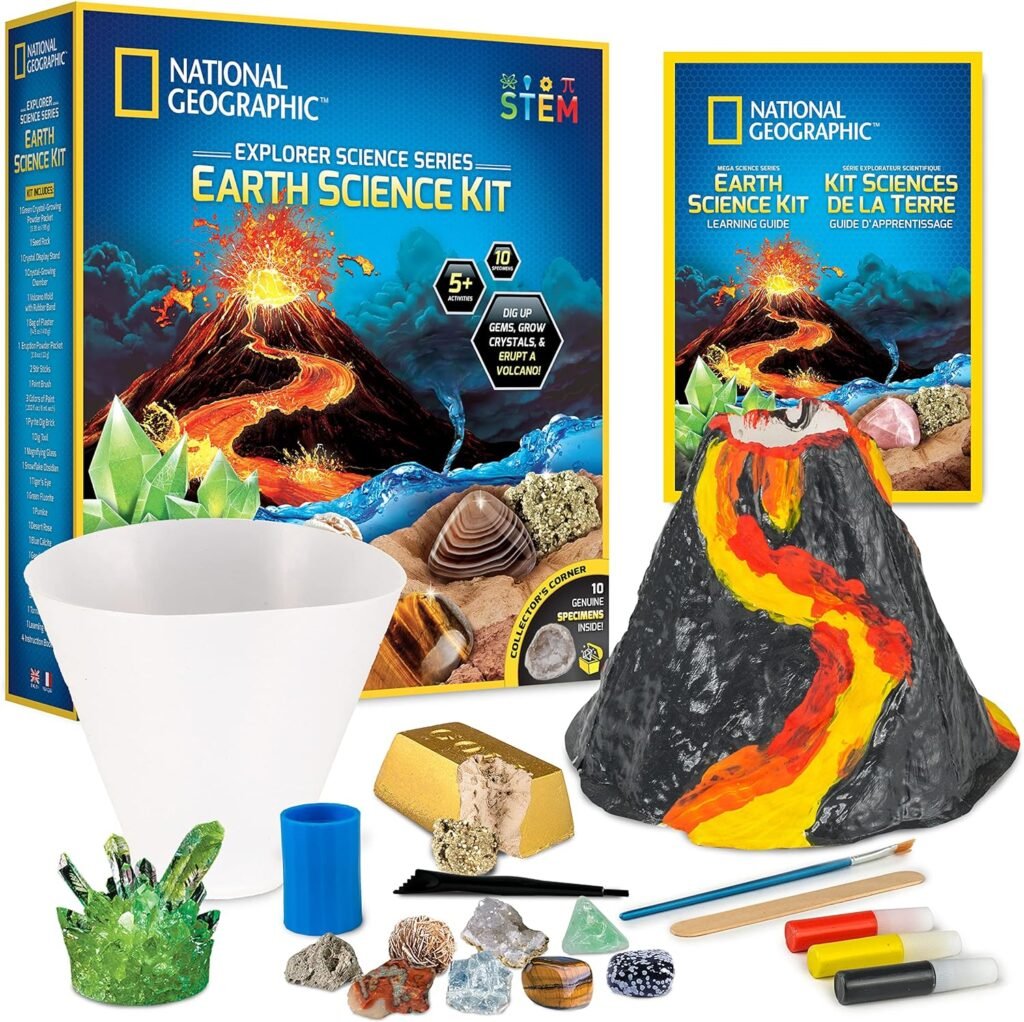
Using natural elements not only provides sensory stimulation but also connects children to the natural world, teaching them about different textures, smells, and sounds.
Incorporating Sound and Movement
Don’t forget about sound and movement! Loose parts can be used to create all sorts of interesting noises. Think about shaking a container filled with beans, tapping sticks together, or rolling marbles down a ramp. You can also encourage movement by having kids carry loose parts from one place to another, build structures that require them to reach and stretch, or create obstacle courses using different materials. This helps develop their gross motor skills and coordination.
Here’s a simple table showing how different loose parts can create different sounds:
| Loose Part | Sound |
|---|---|
| Metal spoons | Clanging, ringing |
| Wooden blocks | Thudding, tapping |
| Shells | Rattling, clicking |
| Fabric scraps | Rustling, swishing |
Encouraging Imagination Through Loose Parts
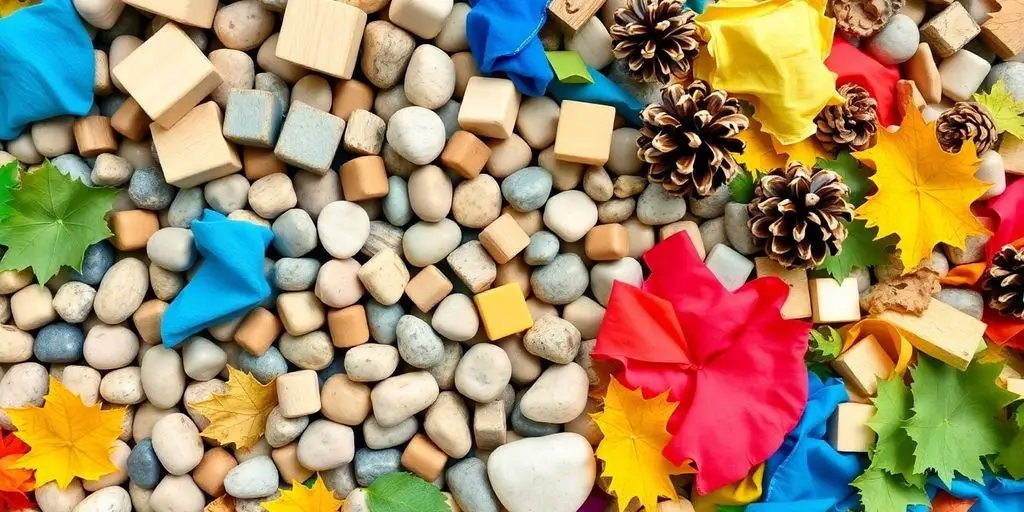
Storytelling with Loose Parts
Loose parts can really change how kids tell stories. Instead of just using words, they can use objects to show what’s happening. A simple pile of stones might become a mountain range in their story, or a collection of fabric scraps could turn into the costumes for their characters. This hands-on approach makes storytelling more engaging and helps kids think creatively about how to represent their ideas. It’s amazing to see how a child’s imagination can transform ordinary items into extraordinary elements of a narrative. You can even add small amounts of loose parts within continuous provision.
Role-Playing Scenarios
Role-playing gets a boost with loose parts. Kids can use them to create props, costumes, and settings for their games. A cardboard box becomes a spaceship, and sticks become magic wands. The possibilities are endless. This kind of play helps them develop social skills, problem-solving abilities, and the ability to think on their feet. It’s also a great way for them to explore different roles and identities in a safe and fun environment.
Here’s a simple example of how loose parts can be used in role-playing:
- Doctor’s Office: Use buttons as medicine, fabric scraps as bandages, and small containers as medical tools.
- Restaurant: Use pebbles as food, leaves as plates, and sticks as utensils.
- Construction Site: Use blocks as building materials, cardboard tubes as pipes, and fabric scraps as safety vests.
Collaborative Building Projects
Working together on building projects with loose parts is a fantastic way to encourage teamwork and communication. Kids have to share ideas, negotiate roles, and solve problems together to bring their vision to life. It could be building a fort, designing a city, or creating a sculpture. The process is just as important as the final product. It’s about learning to work together and appreciate each other’s contributions.
Loose parts play is only one small part of your everyday provision, and not everyone will want to engage in it. But with some guidance and encouragement, you may be surprised with the wildly imaginative creations your children come up with!
Safety Considerations for Loose Parts Play
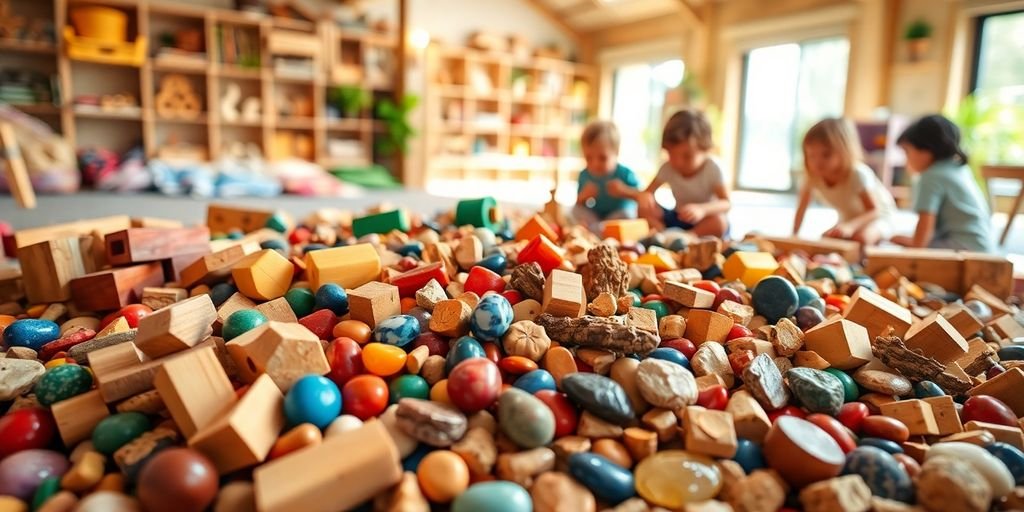
Choosing Age-Appropriate Materials
When it comes to loose parts, safety is paramount, especially with younger children. Always select items that are non-toxic and free from sharp edges or small parts that could pose a choking hazard. Think about the size and durability of the materials. For instance, large, smooth stones are better for toddlers than tiny beads. It’s also a good idea to avoid anything that could splinter or break easily. Consider the materials’ potential for causing allergic reactions, too. Natural items are great, but make sure they’re clean and free of pests or irritants. Remember, what’s safe for a five-year-old might not be safe for a one-year-old, so always tailor your selection to the specific age group.
Supervision and Safety Tips
Supervision is key during loose parts play. Even with carefully chosen materials, accidents can happen.
Here are some tips:
- Always be present and attentive while children are playing.
- Teach children how to use the materials safely and respectfully.
- Regularly inspect the loose parts for any damage or wear and tear.
- Establish clear boundaries and rules for play, such as no throwing or putting items in mouths.
It’s a good idea to have a designated play area where you can easily monitor the children and the materials. This helps to contain the play and makes it easier to spot any potential hazards. Also, consider having a first-aid kit nearby, just in case.
Managing Mess and Cleanup
Loose parts play can get messy, but that’s part of the fun! However, managing the mess is important for safety and sanity. Here’s how to handle it:
- Set clear expectations for cleanup before play begins. Make it a part of the activity.
- Provide containers or designated areas for storing the loose parts when not in use. free play This helps to keep things organized and prevents tripping hazards.
- Involve the children in the cleanup process. It teaches responsibility and helps them understand the importance of tidying up.
- Regularly clean and sanitize the loose parts, especially if they’re used outdoors or shared among multiple children.
| Task | Frequency | Materials Needed |
|---|---|---|
| Sort Items | Daily | Bins, labels |
| Sanitize | Weekly | Soap, water, disinfectant |
| Deep Clean | Monthly | Buckets, brushes |
By following these safety considerations, you can create a fun and enriching loose parts play experience for children while minimizing the risks.

Wrapping Up Loose Parts Play
In the end, loose parts play is all about letting kids explore and create in their own way. It’s a simple concept, but it can lead to some amazing outcomes. By providing a variety of materials, you’re giving children the chance to think outside the box and use their imaginations. Sure, it might get a little messy, but that’s part of the fun! Remember, not every child will jump in right away, and that’s okay. With a little encouragement and some guidance, you might be surprised at what they come up with. So, gather those loose parts and watch as your little ones dive into a world of creativity!
Frequently Asked Questions
What exactly is loose parts play?
Loose parts play involves using various objects that children can manipulate and explore in creative ways. These can be natural items like sticks and stones or everyday objects like buttons and cardboard.
What are the benefits of loose parts play?
Loose parts play encourages creativity, problem-solving, and social skills. It allows children to learn at their own pace, fostering a love for learning and reducing the fear of making mistakes.
What challenges might children face during loose parts play?
Some kids might feel unsure about how to use the materials or may not engage with them as expected. It’s important to guide them gently and encourage exploration.
How can I set up a loose parts play area?
You can create a loose parts play area by gathering various materials like blocks, fabric, and natural items. Make sure these items are safe and suitable for the children’s age.
What age groups can benefit from loose parts play?
Loose parts play is great for all ages! Infants can explore larger items, while toddlers and preschoolers can engage with smaller, more complex materials.
How do I ensure safety during loose parts play?
Always supervise children during play, choose age-appropriate materials, and be mindful of any choking hazards. Regularly check the play area for safety.


Ms. Kerri’s Corner provides a exciting virtual space for preschool learning. Through a variety of engaging activities, she exposes young minds to early math, literacy, science and social-emotional skills in a developmentally appropriate way. Centers for blocks, art, books and music allow children to explore hands-on learning at their own pace. Guided lessons subtly introduce number sense, letter sounds and narrative thinking. Careful observation gives insight into each child’s progress across domains. Viewers are also invited to participate, reinforcing that their ideas are valued. By making learning fun yet purposeful, Ms. Kerri lays the groundwork for future academic success while fostering creativity and imagination. Her program offers preschoolers valuable screen-based learning experiences.
